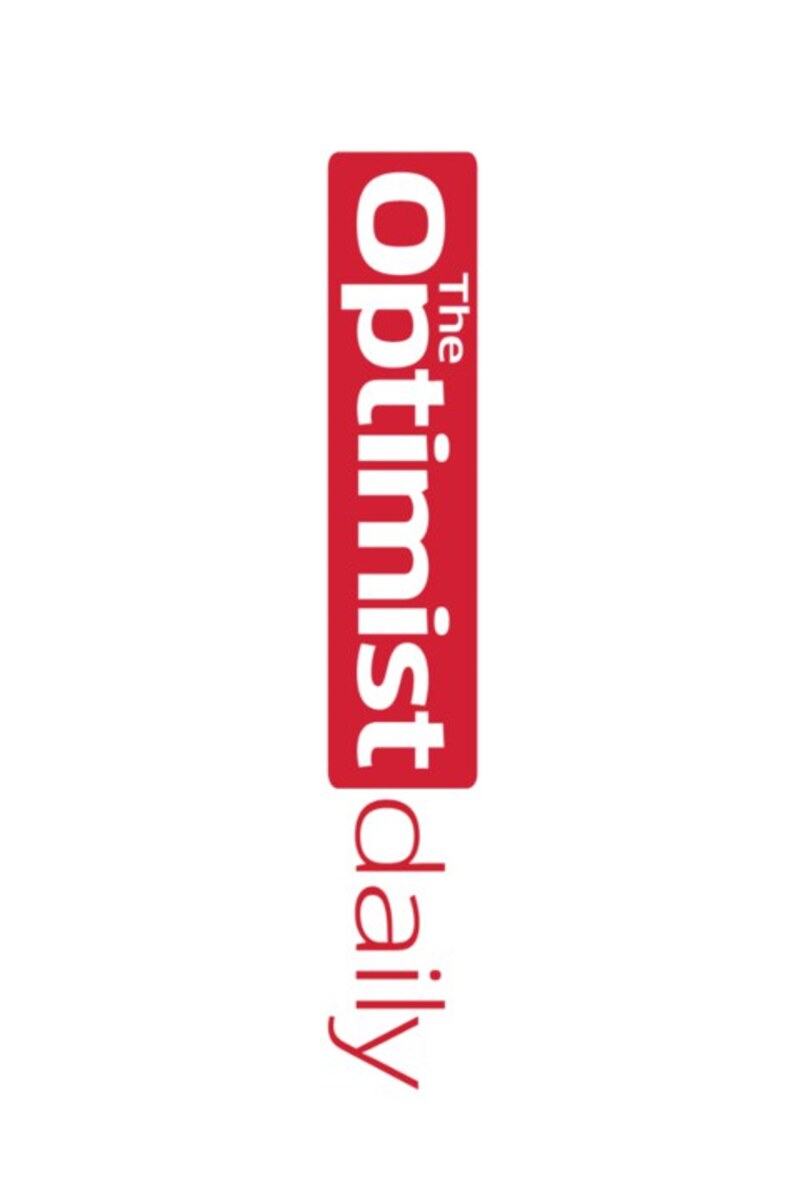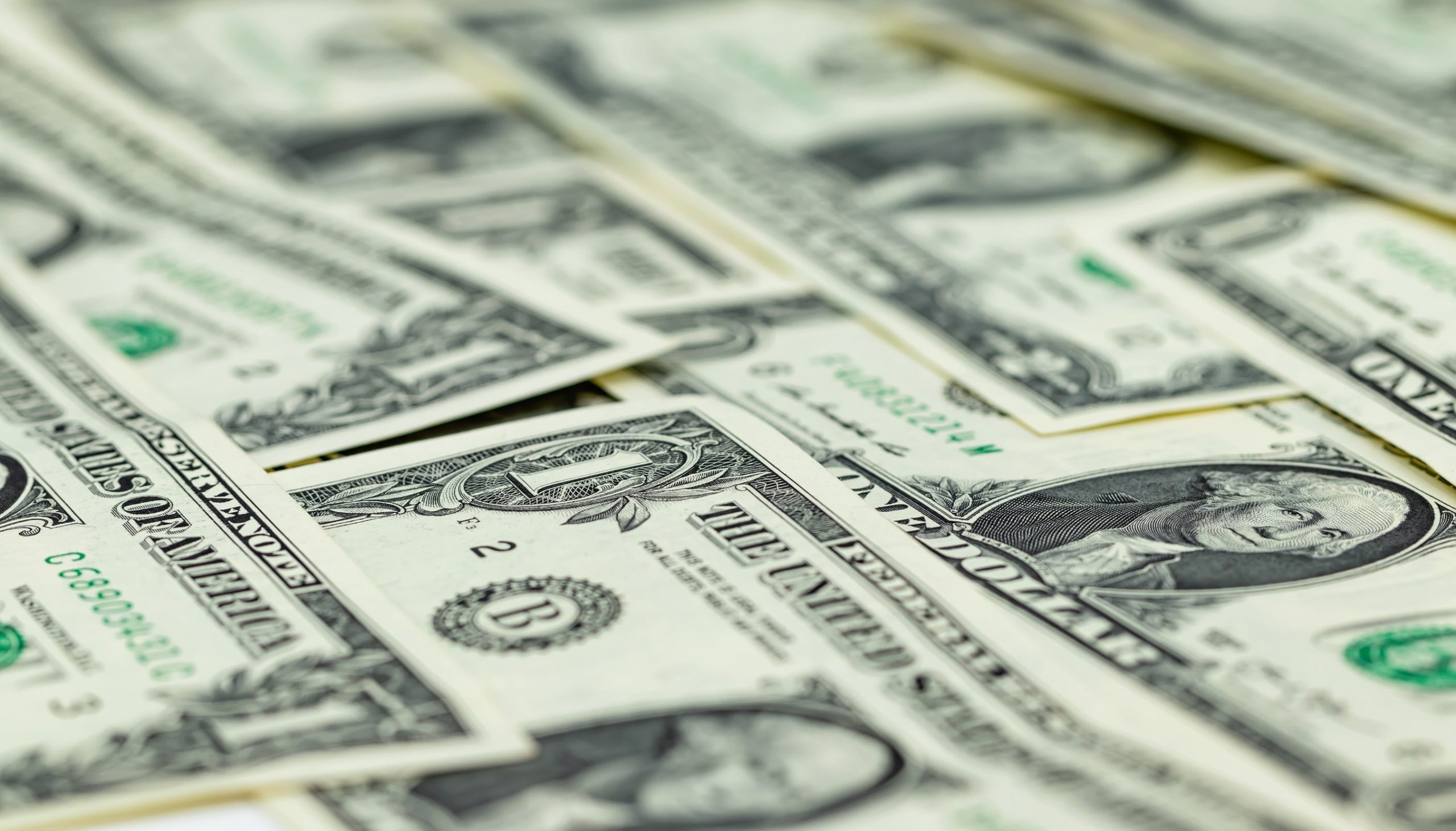Ever thought lives could be saved by engineering a new type of shower? Peter Brewin and Nick Christy probably didn’t think so either, but it appears to be a nice side effect of their water and energy efficient shower design. How? Well, it turns out many casualties in the U.S. Army are soldiers escorting supply-convoys into dangerous areas. Fresh water is at the top of the shopping list, so less demand for water equals less convoys equals less potential casualties. But this is just a side effect. The real purpose for Brewin’s and Christy’s company—CINTEP—is to decrease water and energy usage.
If you live in California, Australia or other dry parts of the world, you’re frequently reminded of the amount of water your daily shower demands (for those who haven’t been confronted with the numbers: a two-minute shower takes twenty liters. Remember the last time you were in the shower for just 2 minutes?). In times of drought, governments will often ask you to cut down on time spent in the shower, which is what happened in 2007 in Australia. People were asked to spend no more than 4 minutes (that’s 40 liters) in the shower. If you need to both wash your hair and shave your legs, that’s quite a challenge.
It was during this time that Christy got in touch with Brewin about his invention of a water- andenergy-efficientt shower, a year later CINTEP was born.
A CINTEP shower works like this: you enter the desired temperature on the touch screen, the shower will heat up making sure the first drop out of the showerhead is pleasant—thus eliminating those 20 seconds you now let your shower run before jumping in. The shower starts off with 3 liters of fresh water, a basin underneath your feet collects the water and filters it three times. The water is heat pasteurized and diluted with 30 percent fresh drinking water and then immediately re-used in your shower session. The filtering process, which takes only 25 seconds, makes sure that the recycled water is drinking-quality when it passes through your showerhead a second or third time. CINTEP’s technique cuts water and energy usage by 70 percent.
Unlike other water-recycling systems, a CINTEP shower has the same water pressure as a regular shower, making the shower “experience”—aside from the touch screen—no different.
Key to the technique is that the water you use while showering will not be used by the person after you. The basin drains completely when you’re done and the shower can only be used after the basin is filled with 3 liters of “new” fresh water. Shampoo and soaps are filtered out completely and hairs are collected in a filter which—like your regular shower —you’ll have to clean from time to time.
And yes, this also means that if someone (not you, obviously!) pees in the shower, the filter-process takes care of this as well.
Christy won the Postcode Lottery Green Challenge competition back in 2011. Besides the new opportunities all the press coverage got them, the prize money actually allowed them to make their product a lot “prettier”. They didn’t have the money to develop prototypes properly before so the Green Challenge win was key to kickstart this process and create a sellable product.
By the end of 2016, CINTEP aims to save 1 billion liters of water (meaning they’ll have to sell 2500 showers) and save 1 million tons of CO2 by the end of 2020, which will mean installing 100,000 showers.
Oh, and bonus: a CINTEP shower is actually easier and cheaper to install than a regular shower!
Can your idea save water, energy ánd lives? Sign up for the Postcode Lottery’s Green Challenge 2016 for the chance to win € 500,000.00!










